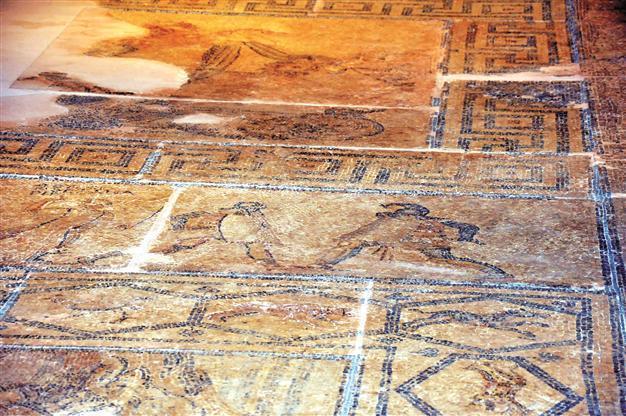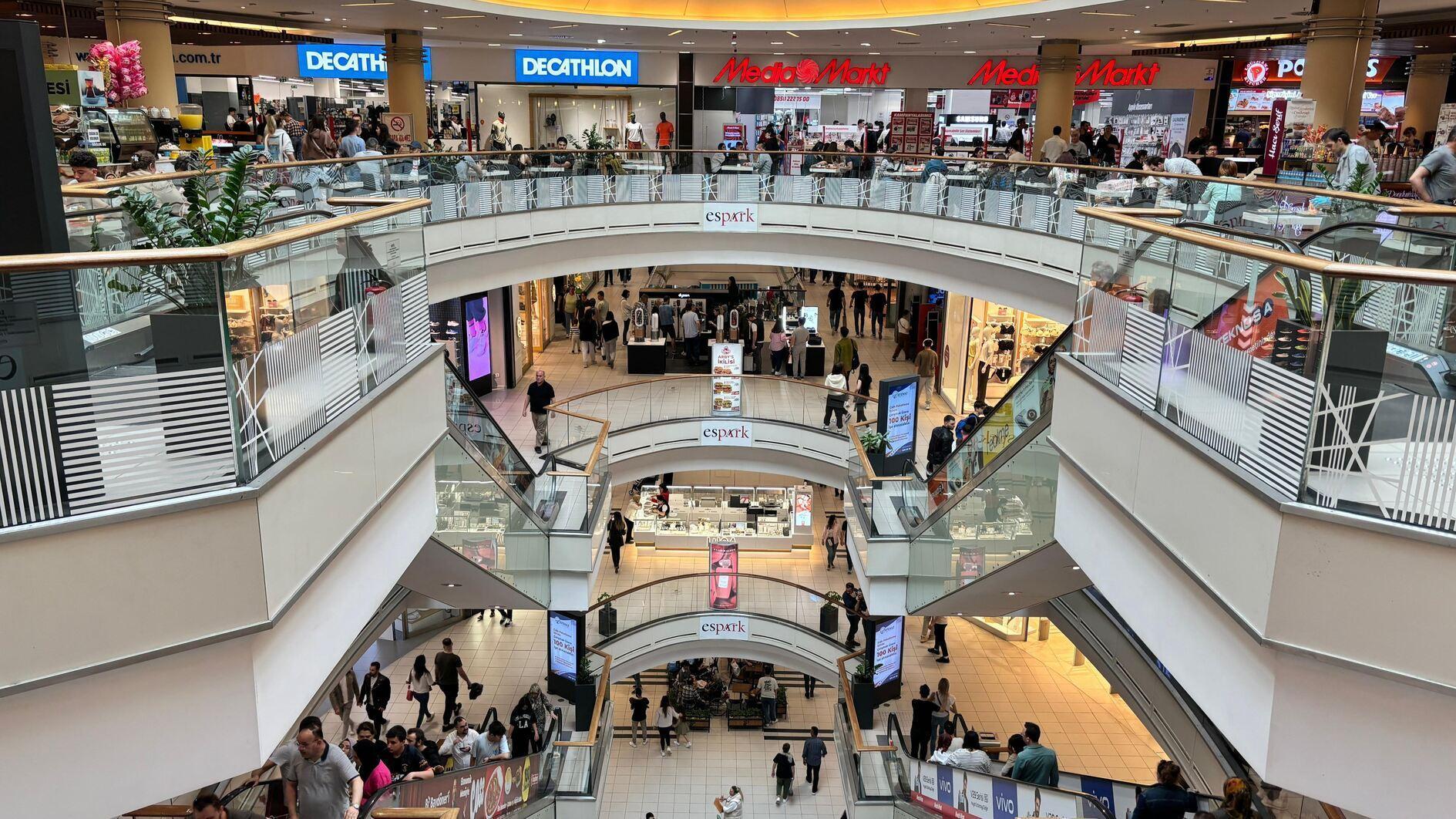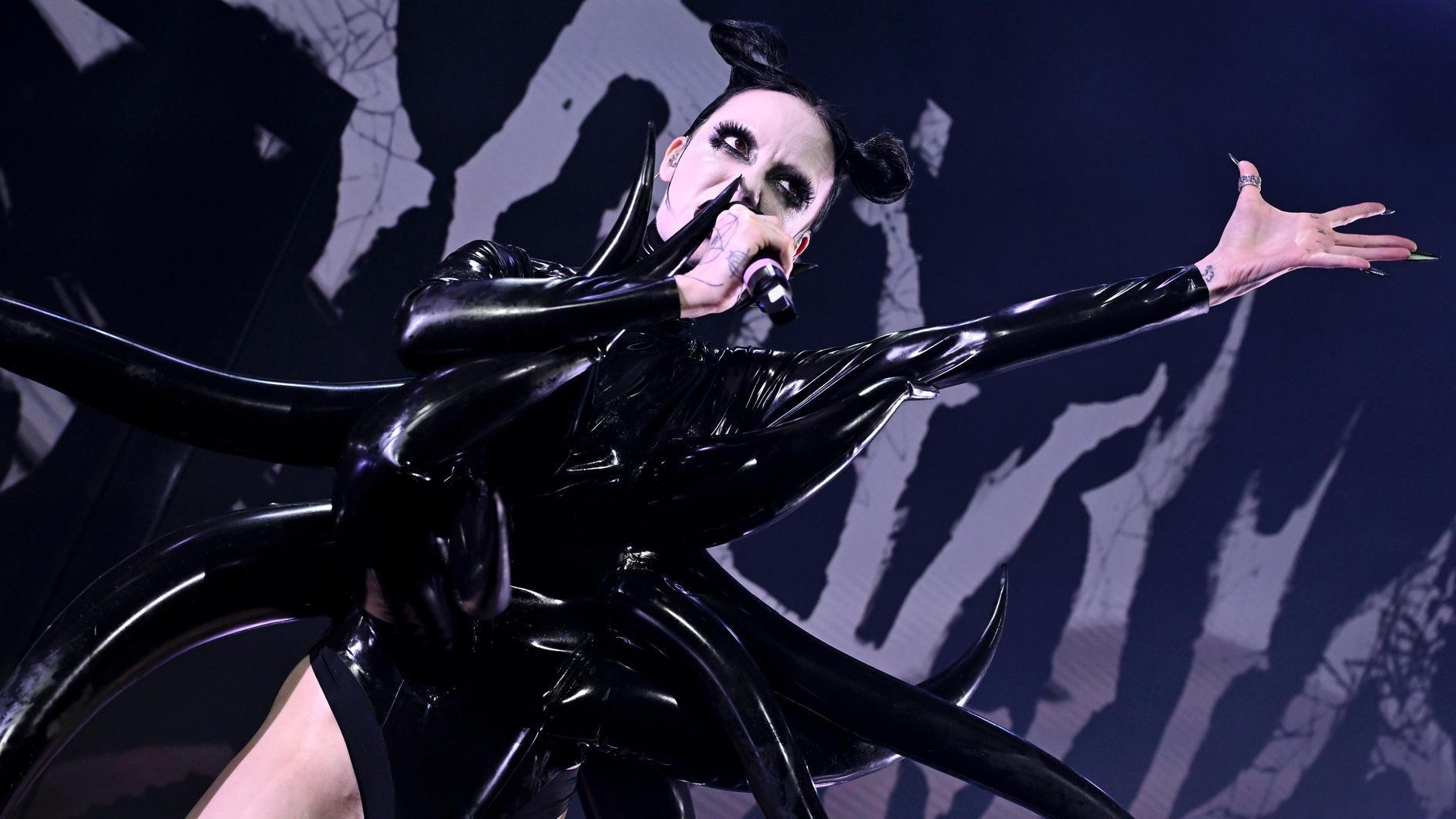Gladiators of Aydın to appear on 3D screens
AYDIN - Anatolia News Agency

The Aydın Archaeology Museum’s ancient mosaics, excavated at the ancient city of Orthosia, have been reflected on screens with 3D visuals and animation. AA photo
Aydın Archaeology Museum’s ancient mosaics and excavated blocks from the ancient city of Orthosia, which include many gladiator patterns and shapes, have been presented on screens in the museum with a new project.The screens are displaying the gladiator fights and reviving ancient traditions in the museum.
The mosaics and patterns of gladiator fights and their representation on screens have attracted the attention of visitors, Aydın Culture and Tourism director Nuri Aktakka said, speaking to Anatolia news agency. He added that this new application was attractive, and would make history more understandable.
The application started as a part of the ministry’s new project and the mosaics are currently appearing live on the screens, he said.
Blocks full of gladiator images
The pieces of the gladiator blocks were unearthed in Orthosia’s ancient city, located within the borders of the Donduran Village in the Yenipazar District of Aydın. The mosaics belong to the second century after Christ. Strabon, one of the authors of the Ancient Period, mentioned Orthosia as a Karia city. The city, which was attacked by the Kimmers in the seventh century B.C., passed under the sovereignty of Lydia after the victory of Alyattes, the King of Lydia, against the Kimmers; it participated in the Ionia Union in the sixth century B.C. and then passed under the sovereignty of the Persians as the other Anatolia cities. The theatre and the Byzantine buildings still remain standing. Well-protected tombs and graves on the necropolis show qualified workmanship.
The animations depict the gladiators and an ancient culture, according to Aktakka. The animations also show the fighting of gladiators. “Gladiator mosaics are the most important pieces of our museum. We have prepared these with the support of Culture and Museum General directorate,” Aktakka said.
Noting that the visual effects were very important for the museum experience, Aktakka said these visual effects took the visitors back to another place in time.
Apart from the animations of the gladiators themselves, there are also 3D visuals that display the detailed pictures of gladiator fights and their daily lives.
Aktakka said that the works that are displayed in the museum, usually sculptures, display the economic, daily and religious life in ancient times. There are many clues how people lived during ancient times, he said.
The daily life and the religious life of ancient times have been reflected and revealed thanks to these works, according to Aktakka.
“That’s why it is very important that these details are shared with the audiences via 3D works,” he said, noting that this approach raised the interest in the ancient times and educated people about this subject.
After analyzing these 3d visuals, visitors can imagine the ancient times and know how these people have lived.
This makes the displays more interactive and people can remember more. Aktakka said they will be continuing to create 3 D visuals in the museum.
















